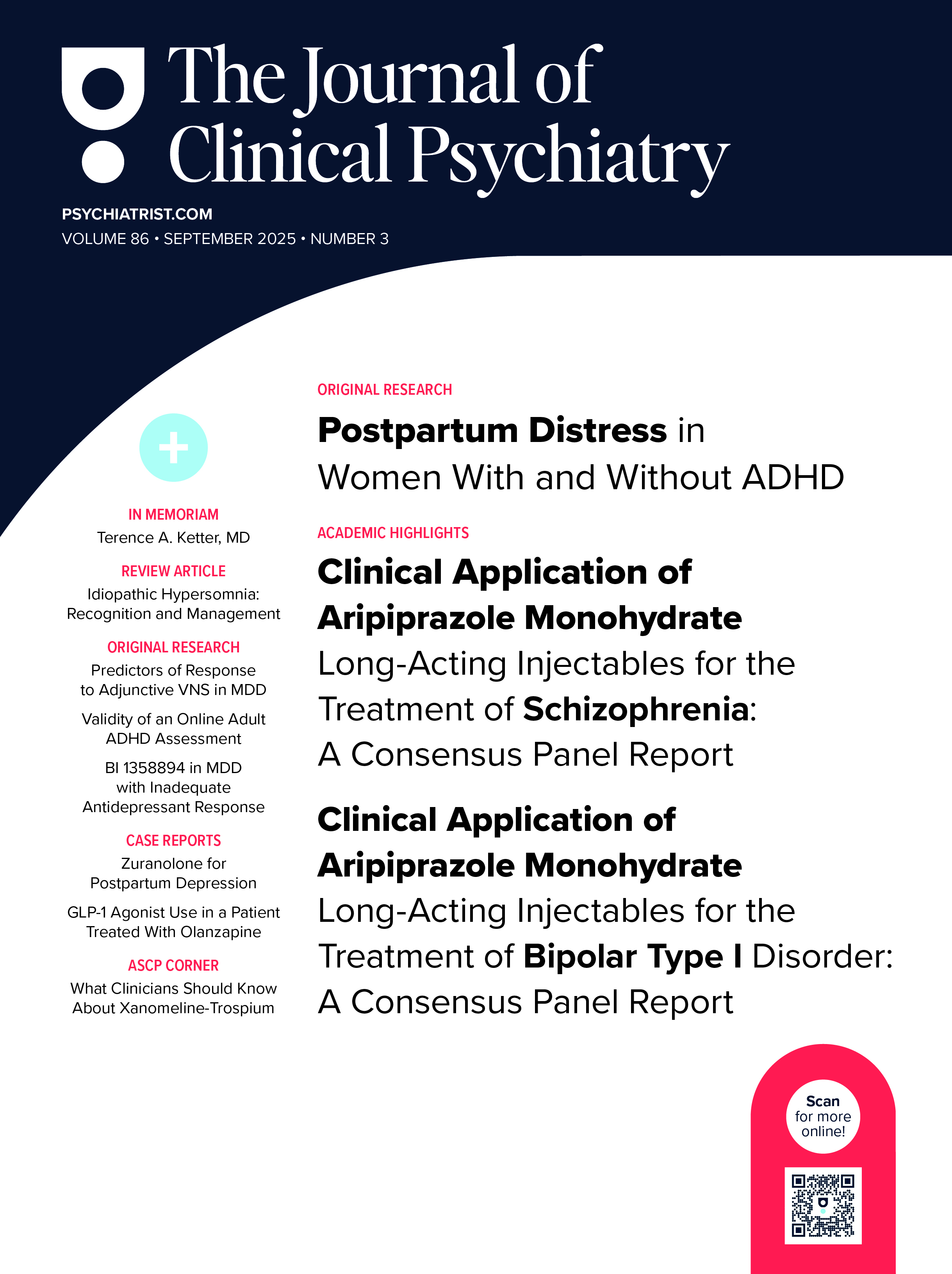Objective: While spouse abuse research has almost exclusively adopted a social perspective, an increasing body of imaging research is documenting neural contributions to violence.
Method: To test the hypothesis that wife batterers are hyperresponsive to threatening stimuli, echo-planar functional magnetic resonance imaging was employed to assess brain function of 10 male batterers and 13 male matched controls during viewing of 4 types of visual stimuli: neutral, positive affect, aggressive-threat, and aggression against women. The study was conducted from September 2005 to August 2006.
Results: Compared to controls, batterers showed significantly higher neural hyperresponsivity to the threat stimuli in the hippocampus, fusiform gyrus, posterior cingulate gyrus, thalamus, and occipital cortex (p
Conclusion: Findings indicate an affect-processing abnormality in wife batterers and suggest that hypersensitivity to mildly threatening affective provocations by their spouses may represent a neurobiological predisposition to spouse abuse in some men.
Please sign in or purchase this PDF for $40.00.



